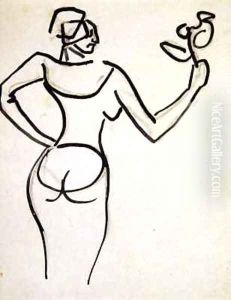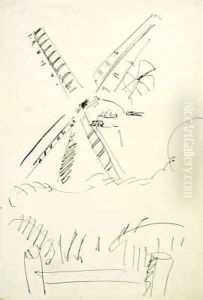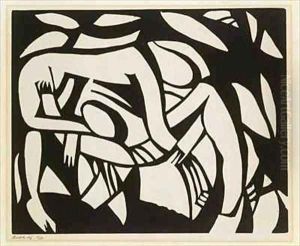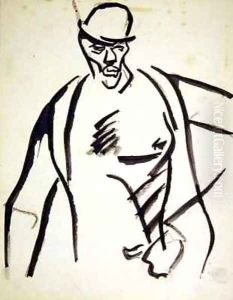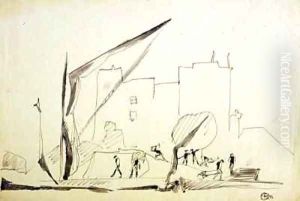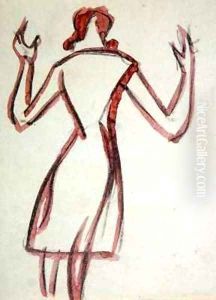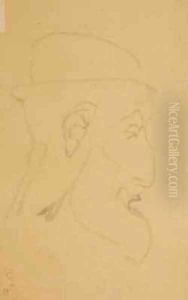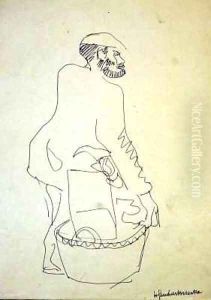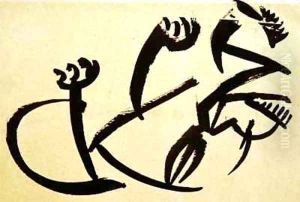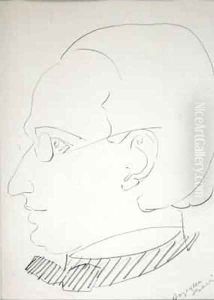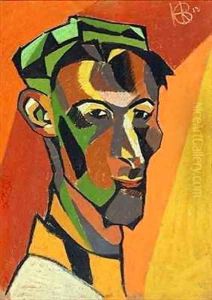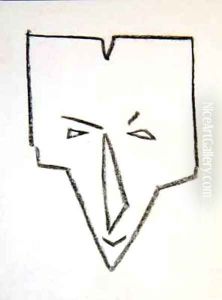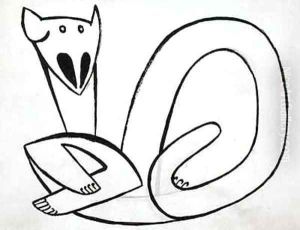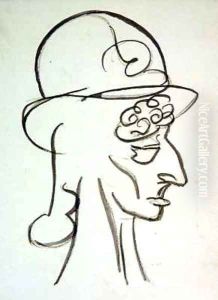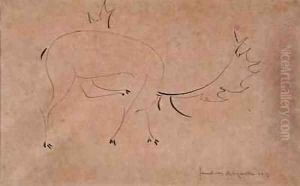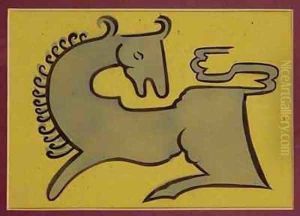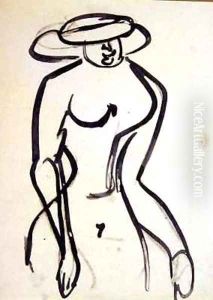Henri Gaudier-Brzeska Paintings
Henri Gaudier-Brzeska was a French sculptor and draughtsman who was one of the pioneers of modern sculpture. He was born Henri Gaudier on October 4, 1891, in Saint-Jean-de-Braye, near Orléans, France. In his teenage years, he developed a keen interest in art and moved to Paris in 1907, where he began to study at various libraries instead of enrolling in formal art education.
In 1910, Gaudier met a Polish writer, Sophie Brzeska, at the Bibliothèque Sainte-Geneviève in Paris, and the two developed a deep and complex relationship. They combined their last names as a symbol of their artistic and personal union, despite not being legally married.
Gaudier-Brzeska moved to London in 1911, where his artistic career flourished. He became associated with the Vorticist movement, an avant-garde group of artists and writers influenced by Cubism and Futurism. Despite his brief career, he was incredibly prolific, producing a large body of work that included sculpture, drawings, and writings. His style was characterized by a dynamic and energetic approach to form, often incorporating direct carving into materials such as stone and wood, which was revolutionary at the time.
His life was tragically cut short when he was killed in action during World War I, at the age of 23, on June 5, 1915. Despite his short life, Henri Gaudier-Brzeska's work had a significant impact on the development of modern sculpture and his pieces are held in high esteem in various art institutions around the world.









